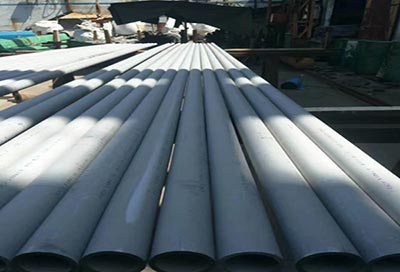What is the difference between seamless pipe and stainless steel pipe?
The main difference between seamless pipe and stainless steel pipe lies in their manufacturing process and material composition.
1. Manufacturing Process:
Seamless Pipe: Seamless pipes are manufactured without any welding seam. They are formed by piercing a solid billet of steel and then drawing it over a mandrel to form a hollow tube. This process ensures uniformity in wall thickness and internal surface quality.
Stainless Steel Pipe: Stainless steel pipes can be both seamless and welded. Welded stainless steel pipes are made by rolling a flat plate of stainless steel and welding the edges to form a tube. Seamless stainless steel pipes, on the other hand, are made by extruding a solid stainless steel billet through a die to form the shape of the pipe without any welding.
2. Material Composition:
Seamless Pipe: Seamless pipes can be made from various materials, including carbon steel, alloy steel, and stainless steel. They are not specifically limited to stainless steel.
Stainless Steel Pipe: Stainless steel pipes are specifically made from stainless steel, which is a steel alloy containing a minimum of 10.5% chromium. This chromium content forms a protective oxide layer on the surface of the steel, giving it excellent corrosion resistance properties.
3. Applications:
Seamless Pipe: Seamless pipes are used in various industries where high pressure, high temperature, or corrosive environments are present. They are commonly used in the oil and gas industry, chemical processing, power generation, and automotive applications.
Stainless Steel Pipe: Stainless steel pipes are preferred in applications where corrosion resistance is critical. They are commonly used in industries such as food processing, pharmaceuticals, chemical processing, and marine applications where exposure to corrosive elements is common.
In summary, while stainless steel pipes can be both seamless and welded, seamless pipes can be made from various materials, including stainless steel. The choice between seamless and stainless steel pipes depends on factors such as the application requirements, corrosion resistance needs, and budget considerations.








